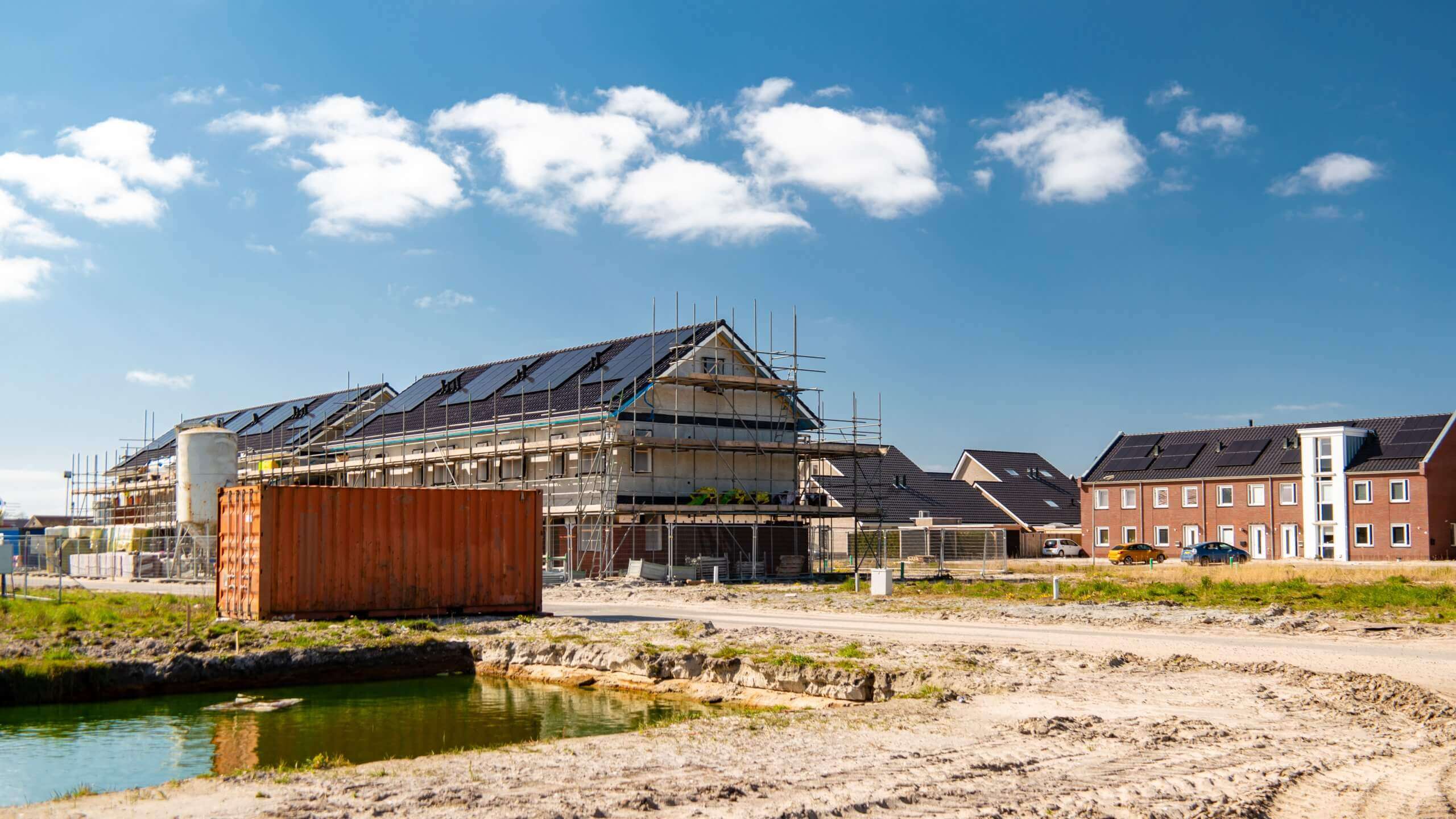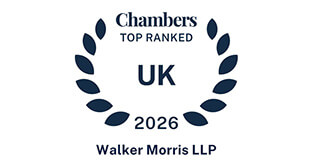Beyond design & build: smarter contracting for stadium success
31st July 2025
“Stadia construction is complex and fast paced. To achieve greater flexibility and drive progress, you may wish to consider alternative contracting methods such as prime cost or construction management”.

Whilst Joint Contracts Tribunal (JCT) contracts such as Design and Build, Intermediate or Minor Works are the most popular methods of contracting for general construction works, alternative contracting methods are worth considering for sports stadia.
In this article, our Construction & Engineering experts Carly Thorpe and Jonathan Coser discuss the advantages and disadvantages of Prime Cost and Construction Management Procurement.

Costs Reimbursable/Prime Cost
This form of contract enables the Contractor to recover all costs incurred on an open book basis. The Contractor provides evidence of the costs and there is no cap on the Contract Sum.
This method is a great option if your project has a tight turnaround. It is ideal for situations where crucial urgent repairs or alterations to the stadium are required or where the scope of the works is subject to change.
This quick turnaround is possible because the design of the stadium does not need to be fully developed at the time that the contract is entered into. This means you can begin construction even while waiting for input from the design team, stakeholders or local authority, as the contract accommodates design changes quickly and easily.
If you need more control, this contract form allows for direct involvement in the procurement of specialist equipment such as turf systems and specialist seating. Costs under this contract are reimbursed based on actual spending, benefiting parties that require tight cost monitoring and direct control.
The downside to this approach is that there is no fixed budget for the works, and being required to monitor and approve what is being spent by the Contractor creates a hefty administrative burden. If costs are not properly monitored this creates an opportunity for over or double claiming.
Provisions can be put in place to mitigate such risks, for example by including detailed requirements in the Contract as to what evidence needs to be provided in support of costs, and/or requiring the Contractor to provide regular budget forecasts as the project progresses.
Construction Management Contract
This contracting approach can also be useful where speed is a priority. The design, procurement and construction of the stadium can all be carried out simultaneously, which helps to create programme savings. This method is best suited to large-scale projects where the design has not been finalised but an early start on site is required.
Direct control is another advantage to this contract, as you can appoint a team of consultants to design the stadium, trade contractors to carry out the construction works, and a Construction Manager to coordinate the team. You’ll have a direct contract with each party, which gives you more oversight of performance, design development and budget. Costs can be controlled by a fixed sum under each trade contract/design appointment and the administration of each contract is carried out by the Construction Manager.
A key disadvantage to the Construction Management approach is that the role of the Construction Manager is an extensive one which attracts high fees. This can increase overall project spend. There is no single point of responsibility for any design and/or construction issues which may arise in the works such that risks are spread across multiple contracts rather than resting with one main contractor. This can mean that you’d need to make any claims against multiple parties, with each party seeking to pass liability on to the other.
This contract would be the best option for you if you’re planning to engage a variety of contractors to carry out specialist works.
How can we help?
Please get in touch with Carly Thorpe and Jonathan Coser if you have any queries or would like to know more about alternative methods of contracting for sports stadia construction.











